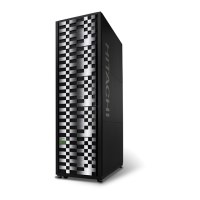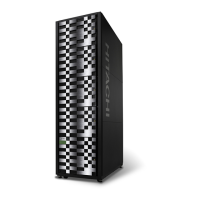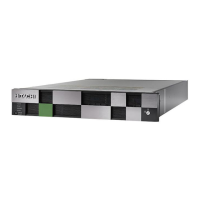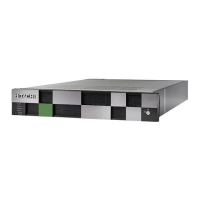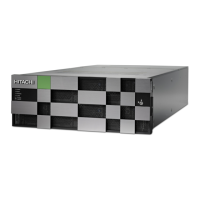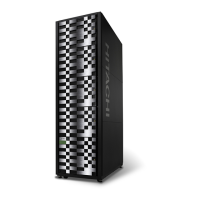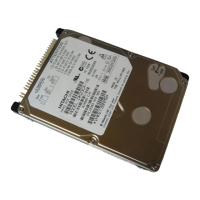only need to start instances (0 and 1). You do not yet need to start instances
(100 and 101) for the virtual storage machine.
Procedure (Windows shown)
1. Start CCI instances 0 and 1.
horcmstart 0 1
starting HORCM inst 0
HORCM inst 0 starts successfully.
starting HORCM inst 1
HORCM inst 1 starts successfully.
2. Enter the user name and password, and perform user authentication.
raidcom -login <username> <password> -IH0
raidcom -login <username> <password> -IH1
The -IH option in this example is used for each command to specify an
instance. You can also perform the operation using a shell for each instance.
To start the shell, specify an instance number to the environment variable
HORCMINST, and then execute the command.
Connecting the primary and secondary storage systems
To connect the primary and secondary storage systems, you will first set the
port attributes on both storage systems, physically connect the storage
systems, and then add the remote paths between the storage systems.
•
Setting the port attributes on page 4-13
• Adding remote connections on page 4-15
Setting the port attributes
The Initiator and RCU Target port attributes must be set on the primary and
secondary system ports for GAD command and data transfer. Initiator ports
and RCU Target ports are required on both the primary and secondary
storage systems.
Configuration and pair management using CCI
4-13
Hitachi Virtual Storage Platform G1000 Global-Active Device User Guide

